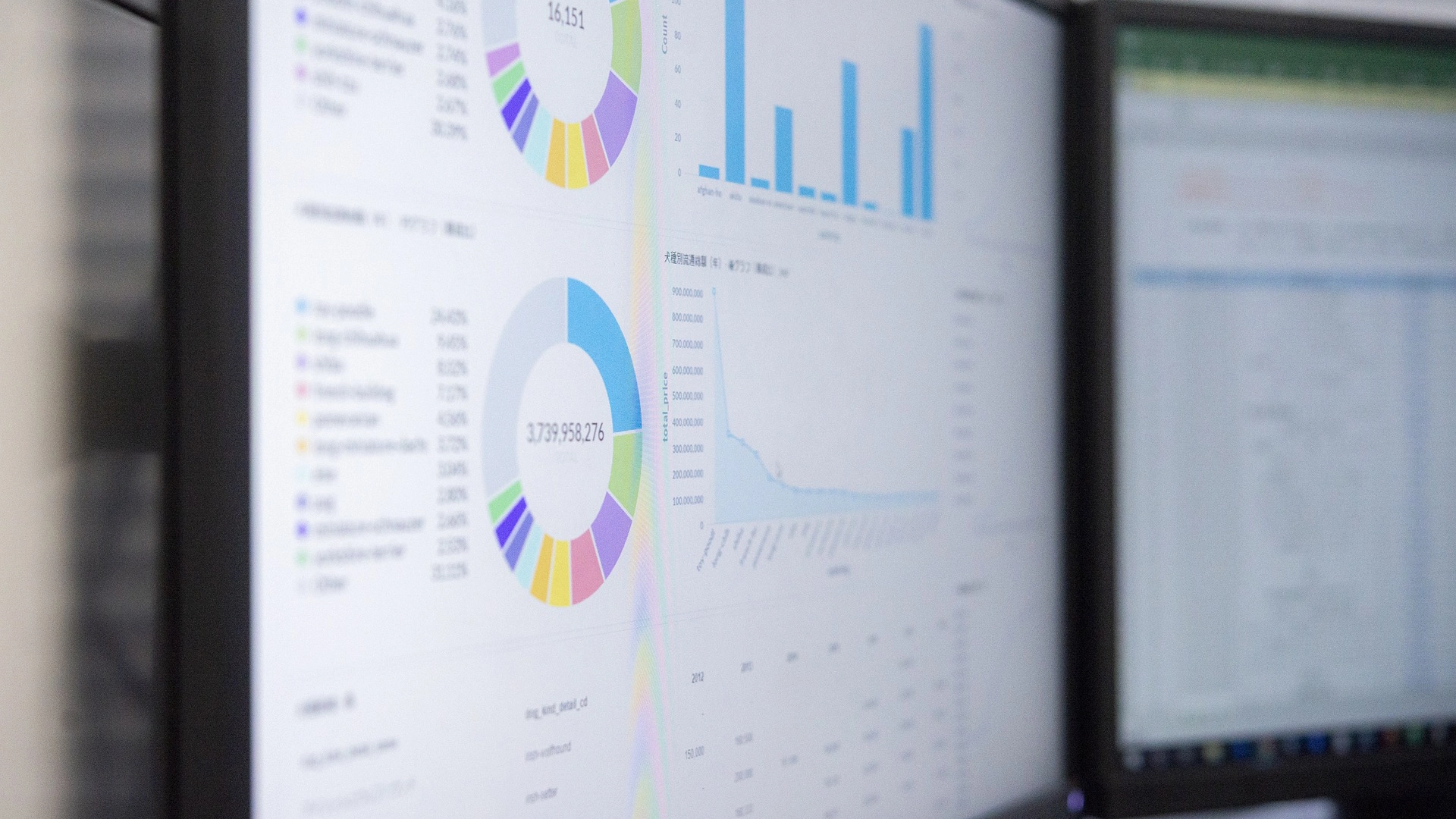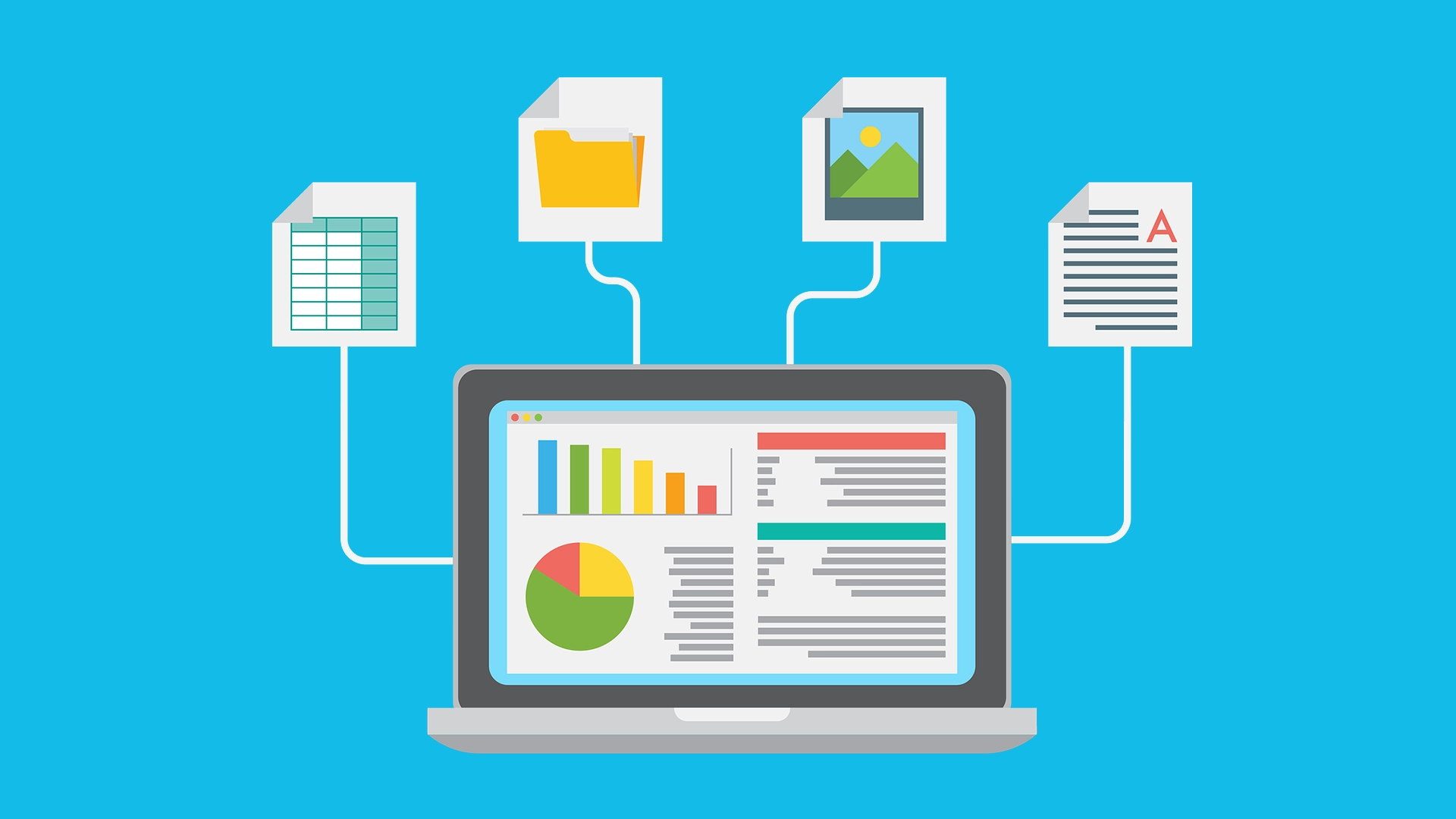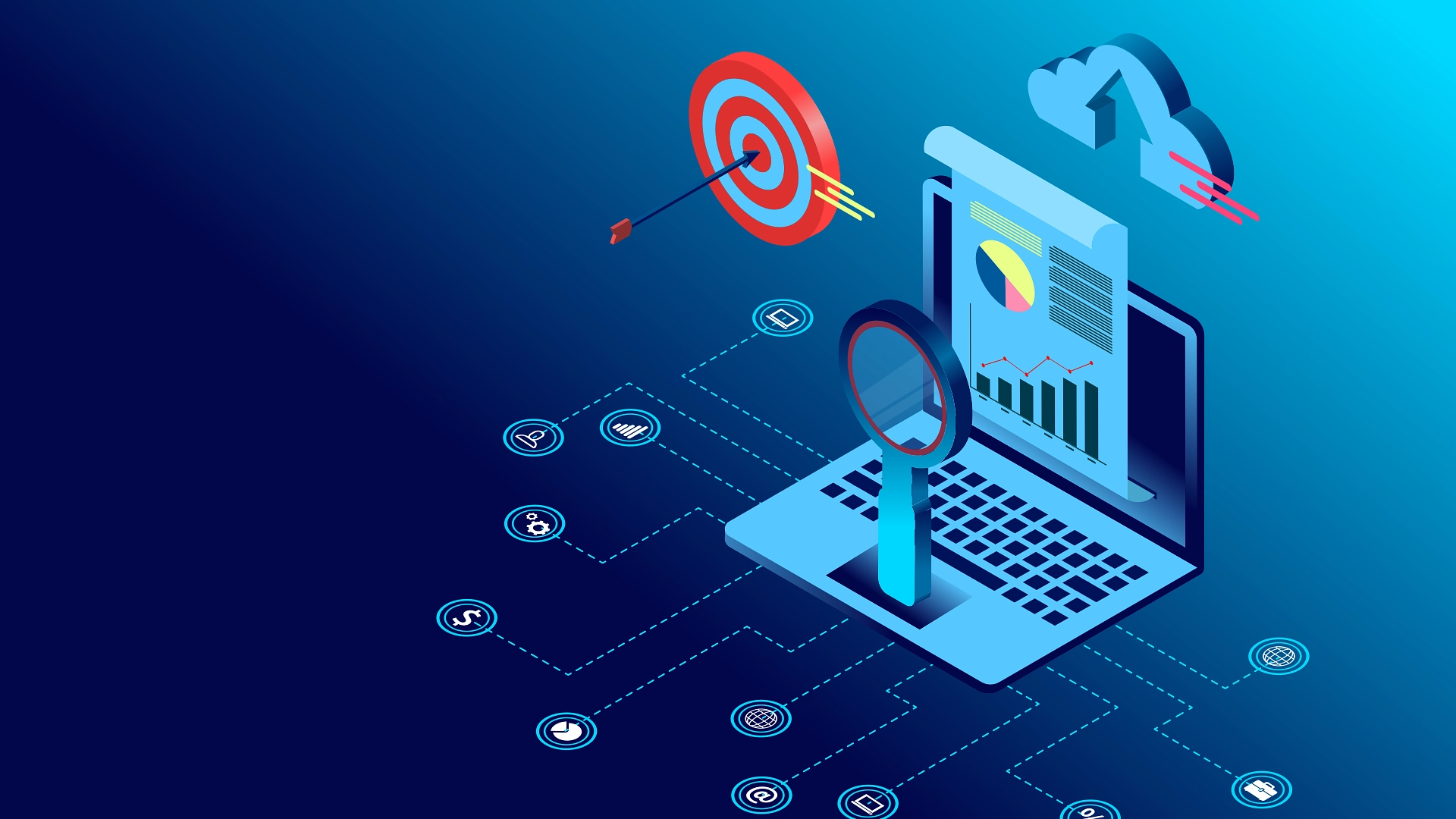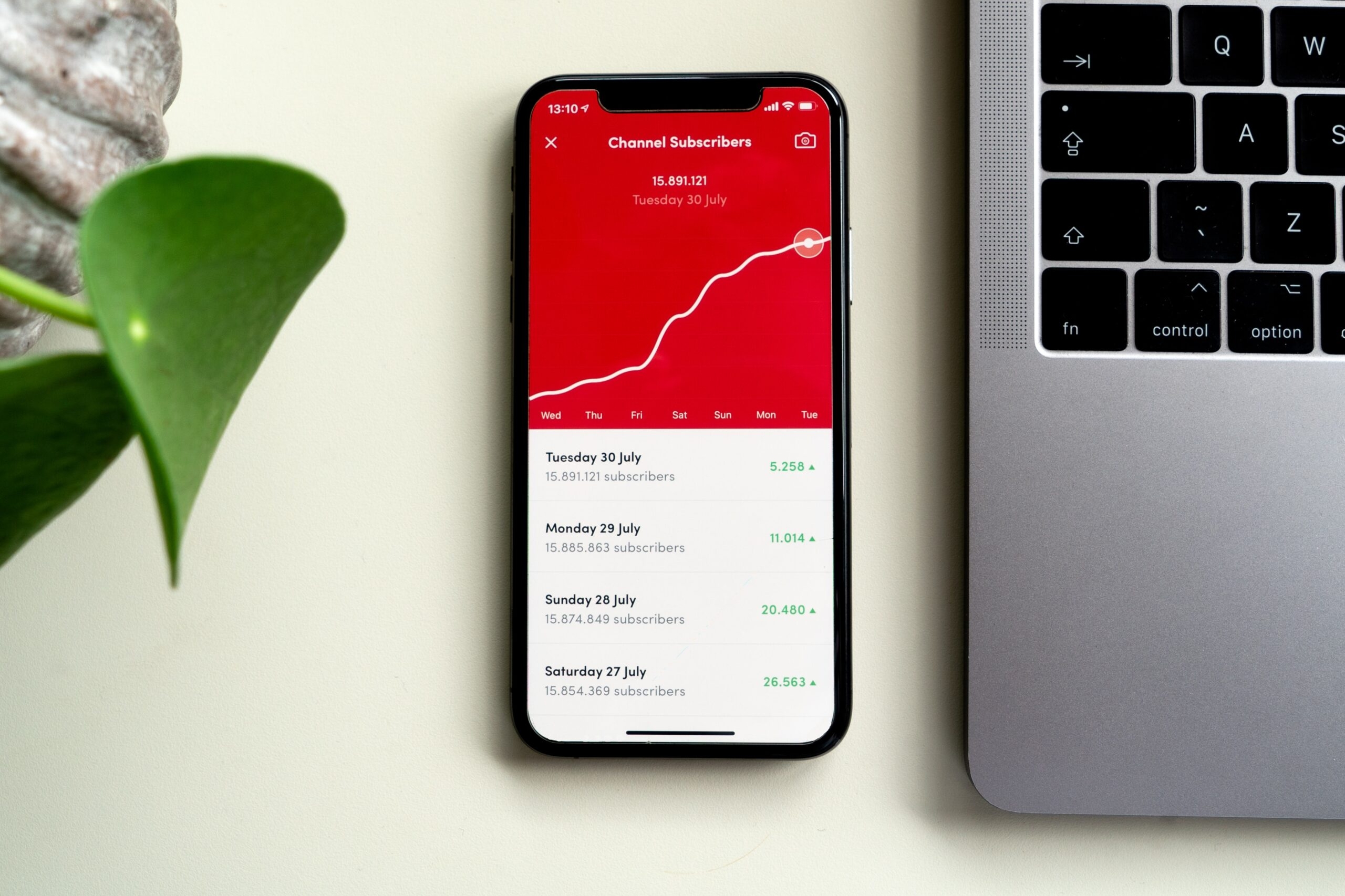Data-driven Marketing: Leveraging Analytics for Better Campaigns
The use of data, its mass production and collection has taken the world by storm. It stands as one of the most profitable industries globally. Data is now collected as the most reliable source of statistical evidence and information to be utilised as a tool to establish value, make predictions and of course communicate with others. The world today is widely technology-driven, endlessly growing in popularity at an exponential rate showing no signs of slowing down.
Here we will provide the fundamentals of what data-driven marketing is and how to incorporate it into your marketing arsenal, resulting in more successful marketing campaigns, achieving higher conversion rates, receiving more in-depth customer engagement and enabling maximum cost-efficiency towards your campaigns.
The implementation and correct practise of analytics provides you with a vantage point of your target audience allowing you to:
- Accumulate a greater understanding of your audience.
- Recognise upcoming trends.
- Track performance of your campaigns.
- Carry out improved, precise decision-making.
- Not to mention it helps you save money!
And let me tell you, the benefits don’t stop there. This article will explore the impact of using data-driven marketing successfully and how managing analytics efficiently will enhance your campaigns.

What is Data-driven marketing?
An approach to marketing that is profoundly reliant upon extensive data analysis, allowing you to make improved decisions and optimise your marketing campaigns to achieve maximum efficiency and effectiveness. The use of analytics stands as a pivotal tool which contributes towards understanding your customers’ behaviour, preferences, any potential trends and removes the reliance upon intuition or speculation. Every action and decision made will be based on data, rather than relying on intuition, speculation or an educated guess.
The key components
- Collection of data: It begins with collecting the data you require, this can be achieved by using website analytics, customer databases, social media and email campaigns that hold customer demographics, customer behaviour, preferences, and engagements.
- Analyse the Data: Once collected, analysis of the data is conducted by marketers or analysts, by using a variety of tools and techniques to interpret the information allows any patterns, trends, audience preferences and customer engagements to be recognised.
- Audience segmentation: Using analytics will allow you to accurately categorise your audience into specific groups based on the data collected, behaviours or preferences. Once you have segmented your audience, you can create personalised campaigns that are more relevant and targeted to each segment
- Personalisation: Detailed insights from data analysis can be used to make marketing more engaging to the recipient by using a tailored approach on marketing messages, offers and content which encourages the target audience to become more connected to your campaign and pinpoint relevant content to each segment.
- Optimisation: Regular monitoring the performance metrics such as Conversion rates, click-through rates or return on investment (ROI) and analysing these indicators allows marketers to identify areas for improvement, refine strategies, tweak any adjustments or adapt to any changes in market conditions and improve the efficiency of a campaign.
- Predictive Analysis: The prediction of future outcomes/trends and customer behaviour by using historical data and statistical algorithms is hugely beneficial and enables you to meet your customers’ needs proactively.
- Attribution models: A method that helps you to determine the effectiveness of each channel of a campaign. Monitoring the attribution model allows you to recognise which touchpoints are most/ least effective at converting to a desired outcome or action. Carrying out regular analysis also provides you the ability to regulate the cost-efficiency of your marketing budget and the tactical performance of each channel.
- Compliance & Privacy: It is imperative that all forms of customer data is handled responsibly, and compliance is strictly adhered to in accordance with data privacy regulations such as GDPR and CCPA. It is good practise to communicate all data usage policies clearly with your audience, offering transparency, which will increase and encourage reliability and trust of each customer along their journey. Simply consider how you would want your personal data to be handled.

Key Analytics Strategies
Incorporating analytics to your strategy significantly changes the probability of achieving effective campaigns. The utilisation of data-driven insights allows specific and precise decisions to be made and adjusted based on the data that is continuously being collected.
- Segmenting the audience – Using analytics to segment your audience based on demographics, behaviours, interests, and more. This allows the capabilities to deliver precision-targeting and relevant content to your specified customer groups.
- Personalised Approach – You have the ability at your fingertips to be able to customise and tailor any marketing messages, product recommendations/ offers, and email content centred around the findings of your customer data. Personalisation will not only impact the rate of interactions with customers’, but also the conversion rates as the content you provide is highly relevant to them.
- A/B Testing: By carrying out A/B testing, this enables you to compare different variations of marketing tools, by analysing the data you can establish which versions perform most effectively and which audience segment. Some versions may be more effective compared to others. Variations could consist of, but are not limited to; email subject lines, landing page designs, visual content or ads.
- Improve Conversion Rates: Upon analysis of the customer experience, the data collected will help you to identify blockages or areas where visitors are losing interest. This can be followed up by applying the necessary changes to improve the overall user experience and increase conversion rates.
- The Attribution Model: Utilising these models allow you to understand how effective the different marketing channels and touchpoints are, how they impact conversions. This helps allocate budget effectively and prioritise high-performing channels.
- Predictive Analytics: Customer behaviour can be predicted using the historical statistics and data collected. Repetition of analysis will update your marketing strategy to perform at its highest potential and help you maximise customer requirements.
- Analysing the performance of content: You can distinguish which types of content are performing most effectively with your target audience and which need modification or removal. This will assist you when constructing your content creation strategy in future.
- Tracking Email Marketing: Having the ability to track metrics such as email open rates, click-through rates, and conversion rates is highly valuable. It allows you to determine the performance of your subject lines, content and timing of emails and make improvements accordingly.
- Social Media Insight: The posts, platforms, and content that you distribute on social media can be investigated and scrutinised to outline which formats generate the highest interactions from your target audience. Once analysed and reviewed, you can adjust accordingly.
- Lifetime value of a customer: This metric can be considered as one of the most valuable to track. It represents the overall net value of a customer. Tracking this stat closely will indicate acquisition costs, average purchase frequency and retention strategies e.g. offering incentives. Obtaining feedback enables you to implement the necessary changes to increase customer satisfaction and repeat the process to determine any improvement in engagement.
- Analytics boosts Ads: With such a wide array of analytics tools actively available to incorporate to your marketing strategy. Capitalise on your insights to optimise your advertising performance and address any points of pain, utilising tools such as Google Ads and combing with analytics can assist you with spotting trends in keywords or user behaviour.
- Localised targeting: Geotargeting can be incredibly effective, but tricky to master depending on the levels of competition in a designated location. You can position yourself as being highly relevant to a wide range of local businesses in a community by tailoring your marketing campaigns. This method has been found to be very useful for businesses with a physical store or regional focus, although be mindful when targeting a specific location to carry out optimisation to match the localities.
- The Value of Feedback: Never underestimate the importance of receiving customer feedback, good or bad. Measuring customer feedback, reviews, and surveys enable you to gain true understandings of user satisfaction and pain points. Maintaining an attentive approach and rectifying any issues immediately is best practice to increase the quality of users’ experience. Likewise, upon analysis of receiving positive feedback, be sure to incorporate any evidence into your marketing messaging to showcase your high stands of operation. You earned it, so why not celebrate it with your audience and spread the word.
- Analyse the competition: The capability of monitoring any competitors’ online presence performance to observe and analyse how they fare in comparison. You can analyse their marketing strategies to recognise any previously undetected opportunities to refine your own campaigns.
- Always Learning: Frequently carrying out analysis of the collected data and continuously learning is largely considered as best practice within the industry. By staying informed of any upcoming technologies within marketing or analytics in combination with your analysis you can adapt your strategic approach to match and follow user behaviours and preferences.

Benefits of analytics and data
Analytics and data play a crucial role in enhancing marketing campaigns, offering a multitude of benefits to businesses. Here are some of the key advantages:
| Key Component | Strategic Marketing Approach Benefits |
|---|---|
| Audience Segmenting | Gain an in-depth understanding of your target audience and enables you to adapt a more precise approach when recognising what’s relevant to the user. |
| Precision Decision-Making | This method will provide insights to be able to detect patterns into user behaviour, trends or preferences instead of relying on assumption |
| Personalised Approach | Taking a personalised approach with campaigns ensures the user receives highly relevant, tailored messaging and content, vastly increasing levels of engagement and consequentially conversion rates with your audience. Relevance bridges the gap making it easier to build connections, retain interest and gain referrals. |
| Attribution Model | The application of attribution models grants you the opportunity to regulate the marketing budget and improve cost-efficiency across all channels and touchpoints of your marketing campaigns and reduce unnecessary expenditure. |
| Campaign Optimisation | Continuously monitoring the performance enables you to recognise any underachieving elements of your marketing campaigns and adjust efforts accordingly to improve results, but equally as important to acknowledge in which areas your content is performing well. If it’s not broke, why fix it? Just create more. |
| Customer Lifetime Value | Applying this statistic will highlight the value of an engaged user for acquisition, purchase frequency and net value purposes. It also assists you in understanding customer behaviour allowing you to apply strategies that will effectively retain users and keep them engaged. |
| Competitor Analysis | By analysing the performance of your competitors’ online presence, you can detect any missed opportunities or recognise the discovery of potential new prospects that you can capitalise on by adjusting marketing strategies. |
| Predictive Analysis | Using the data collected, you can gain a historical background resulting in a vast amount of information. Upon analysis you can recognise customer behaviour and predict future trends/market changes facilitating proactive planning to meet user requirements before they occur. |
| Social Media Insights | Upon observation and analysis of the content distributed on social media. You can use the data to assess the engagements with users or lack of to develop an understanding of what motivates your customer. From this you can refine your strategy as necessary to improve marketing messages and product development. |
| Feedback Analysis | You gain extremely valuable user, content and product/service insights by tracking this statistic. It provides you with constructive information towards your next steps of improvement. Following feedback closely can build a strong bond of trust and loyalty with your audience. |
| Geo-Targeting | A highly beneficial method allowing you to precisely target specific geographic regions and target local businesses or residents with highly relevant marketing efforts to become entwined in a local community much more effectively. | Continuous Learning | Analytics promotes the ideology of repetition and continuous improvement. You can learn from historical data, present data and apply these findings of analysis towards strategies for future marketing efforts and refine your approach determined by user behaviours and preferences. | Compliance | By communicating all data usage policies clearly and with transparency, you initiate and maintain a healthy user relationship, promoting trust and security. This trust can translate into increased brand loyalty. |

Marketing automation can be applied across various different marketing channels and activities to help streamline processes and work. We have established that data-driven marketing is a journey of repetition and continuous improvement through analysis, observation and refinement. It’s the commitment to making informed decisions, the quest to remain relevant and the dedication to delivering value to customers.
As you embark on your data-driven marketing journey, remember: the data is the key to capturing the loyalty and trust of your audience, but also the tool that helps you connect with users in a much wider setting as it enables you to breach the walls of relevance and personability to access their genuine requirements. Following these simple steps will now set you on the path of achieving successful marketing campaigns hereafter.
More interesting content...
Like this story? Share it on your social media...
For more of the latest content, why not subscribe to our mailing list...






